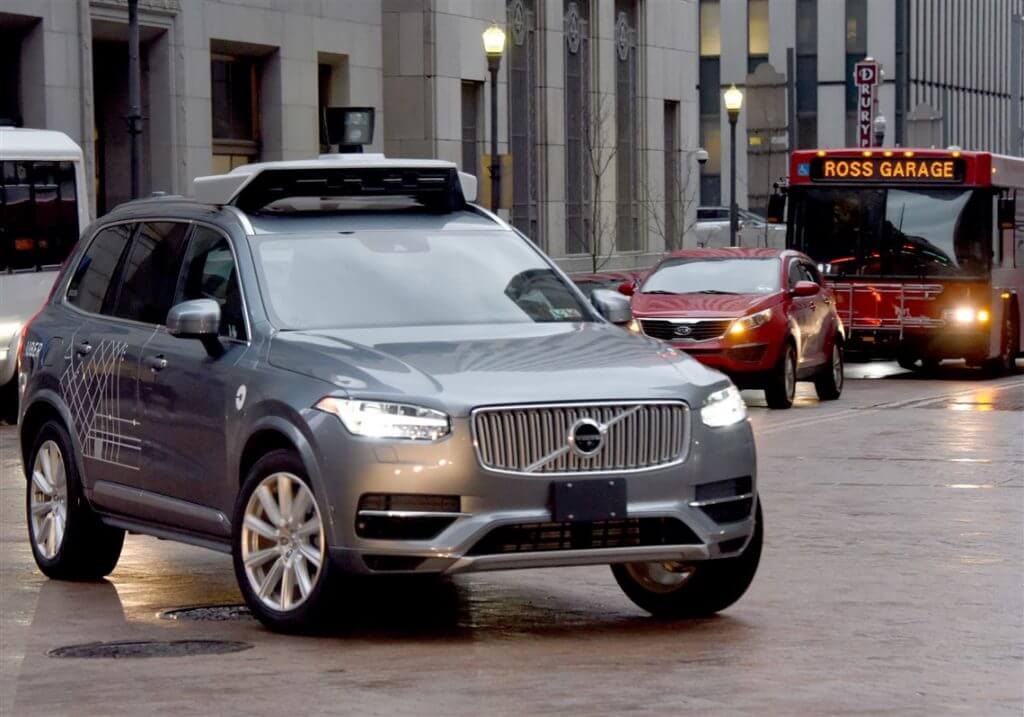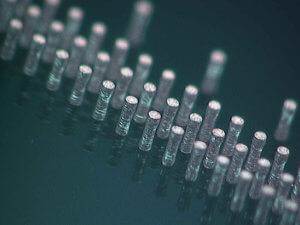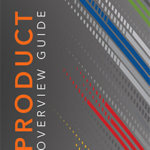There is a never-ending trail of newsworthy autonomous driving items. Silicon Valley makes headlines with the latest discovery. Some new self-driving start-up gets VC backing in San Francisco, Boston or Pittsburgh. The Detroit Big 3 continue to make strategic investments as the market for cars continues to evolve.
As autonomous driving becomes mainstream, new sensing elements and high-precision imaging systems enable vehicles to continuously monitor and recognize their surrounding environments. What are some of the basic technologies enabling the self-driving revolution?

LIDAR-based Imaging Systems
LIDAR is an acronym for LIght Detection And Ranging. LIDAR is a remote sensing method that measures distances to a target by emitting pulsed lasers and measuring the reflected light.
Typical LIDAR systems consist of an emitter, a mirror and a receiver. The emitter sends out laser pulses that reflect off a mirror aimed toward the target. After bouncing off the target, the laser beam returns to the mirror and is bounced back towards the sensor in the receiver where the data can be interpreted.
In typical LIDAR applications, the target is usually stationary. In self- driving applications, the mirror apparatus rotates in a cylinder at a fixed RPM. This enables lasers to bounce off multiple targets before returning to the sensor. The increased complexity allows the autonomous vehicle to generate a 3D view of its environment.
LIDAR technologies are typically found in autonomous vehicle applications including emergency braking, pedestrian and object detection, and collision avoidance.
Radar-based Imaging System
Original radar technologies were developed by Allied nations before and during WWII. The term “RADAR” was an acronym for RAdio Detection And Ranging or RAdio Direction And Ranging.
Most people associate radar with weather forecasting and meteorological precipitation monitoring. In self-driving applications, radar is used in an object-detection system that uses radio waves to determine the range, angle, or velocity of objects.
One advantage of radar is that it is less affected by adverse weather conditions, pollution, and external illumination. As radar components cost decreases, radar systems are being installed in more classes of vehicles.
Self-driving radar systems are typically classified into one of two types: Long-Range Radar (LRR) and Medium/Short Range Radar (SRR).
LRR has ranges of up to 200 m. LRR systems are always forward-looking and mounted on the front of the vehicle. This makes LRR ideal for applications like Adaptive Cruise Control (ACC), brake assistance and collision warnings.
SRR has ranges of up to 30 m. SRR systems are used on all sides of the vehicle. SRR is used in applications such as Cross Traffic Alerts, Blind Spot Detection and Rear Collision Warnings.
Advantages of Glass Core Technologies
As high-precision imaging systems continue to evolve in autonomous driving applications, lasers, sensors and other electronics, components are getting smaller and denser. New substrate materials and next-gen packaging and assembly techniques are required to meet these emerging challenges.

Samtec is a global leader in the research and development of Glass Core Technologies (GCT). GCT has several advantages making it an ideal solution for high-precision imaging systems.
Glass substrates have superior dielectric and low insertion loss values. This makes GCT suitable for high-speed application like RF, BLE and mm wave applications.
Glass leverages economies of scale by being produced in large panels. This helps to lower manufacturing costs while increasing manufacturing scale. Glass substrates connect top layer and bottom layer circuit patterns with hermetically sealed vias increasing reliability on MEMs and sensor packaging.
GCT also allows active elements to be processed directly on the glass substrate surface. This supports enhanced signal integrity and high-frequency wireless transmission. Glass can also be chemically and optically etched, opening up new applications for sensors, optical and photonic devices.
For more information on these autonomous driving technologies, please contact Samtec’s technical experts at [email protected] or visit www.samtec.com/microelectronics.


